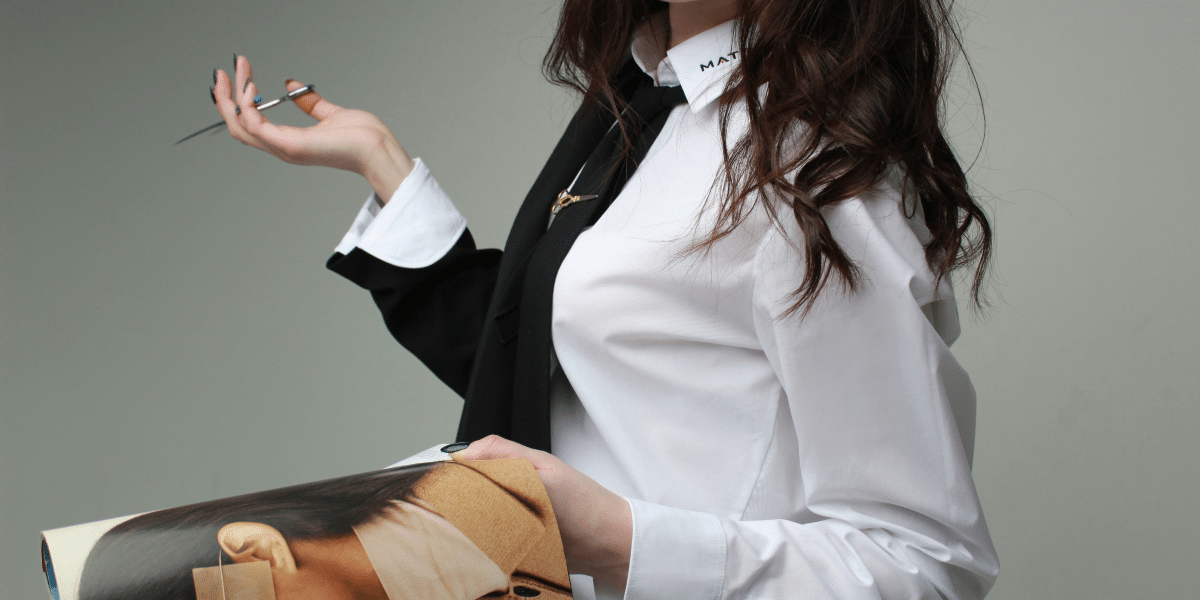In recent years, there has been a noticeable shift in the art world as traditional painters increasingly explore and embrace digital art as a medium for creative expression. While traditional painting techniques have long been cherished for their tactile nature and tangible results, digital art offers a whole new realm of possibilities and opportunities for artists to push the boundaries of their creativity. In this article, we’ll delve into the reasons why traditional painters are turning to digital art and the benefits and challenges they encounter along the way.
Accessibility and Affordability
One of the primary reasons why traditional painters are gravitating towards digital art is the accessibility and affordability of digital tools and software. In the past, traditional painting materials such as canvas, paint, and brushes could be expensive and require specialized skills to use effectively. With digital art, however, artists can create stunning works of art using relatively affordable digital tablets, styluses, and software programs that mimic traditional painting techniques. This accessibility allows artists of all skill levels to experiment with digital art without breaking the bank.
Versatility and Flexibility
Digital art offers unparalleled versatility and flexibility compared to traditional painting techniques. With digital tools and software, artists can easily experiment with different colors, textures, and effects, and make changes to their artwork with the click of a button. This flexibility allows artists to explore new styles and techniques, refine their compositions, and push the boundaries of their creativity without fear of making irreversible mistakes. Additionally, digital art offers the convenience of working on-the-go, allowing artists to create wherever and whenever inspiration strikes.
Endless Creative Possibilities
Digital art opens up a world of endless creative possibilities for traditional painters, allowing them to explore new mediums, techniques, and styles that may not be possible with traditional painting methods. From hyper-realistic digital paintings to abstract digital collages, artists can experiment with a wide range of artistic styles and concepts in the digital realm. Digital art also allows artists to seamlessly integrate multimedia elements such as photographs, 3D models, and digital effects into their artwork, adding depth and complexity to their creations.
Collaborative Opportunities
Digital art provides unique opportunities for collaboration and community-building among artists. Online platforms and social media channels allow artists to connect with fellow creatives from around the world, share their work, and collaborate on projects in real-time. Whether it’s participating in digital art challenges, hosting virtual exhibitions, or collaborating on digital art installations, traditional painters can leverage digital platforms to expand their networks, gain exposure for their work, and connect with like-minded artists and enthusiasts.
Preservation and Archiving
Digital art offers inherent advantages in terms of preservation and archiving compared to traditional painting methods. Unlike traditional paintings, which are susceptible to damage from light, humidity, and other environmental factors, digital artworks can be easily stored, replicated, and shared online without compromising their integrity. Digital files can be backed up and archived indefinitely, ensuring that the artist’s work is preserved for future generations to enjoy. Additionally, digital art can be easily reproduced and distributed in various formats, making it accessible to a wider audience.
Challenges and Considerations
While digital art offers numerous benefits for traditional painters, it also comes with its own set of challenges and considerations. Learning to use digital tools and software effectively can be daunting for artists who are accustomed to traditional painting techniques, and there may be a steep learning curve involved in mastering digital art skills. Additionally, some artists may struggle with the loss of tactile feedback and physical interaction that comes with traditional painting methods, finding it difficult to replicate the same level of intimacy and connection with their artwork in the digital realm.
Digital Art Creates an Outlet for Expression
In conclusion, the increasing popularity of digital art among traditional painters reflects a growing recognition of the unique advantages and opportunities that digital tools and technology offer for creative expression. From accessibility and affordability to versatility and flexibility, digital art provides traditional painters with a wealth of resources and possibilities to explore and expand their artistic horizons. While there may be challenges and considerations associated with transitioning to digital art, the rewards of embracing this new medium can be profound, allowing artists to unlock their full creative potential and connect with audiences in exciting new ways. As the boundaries between traditional and digital art continue to blur, the future of artistic expression is brighter and more vibrant than ever before.






